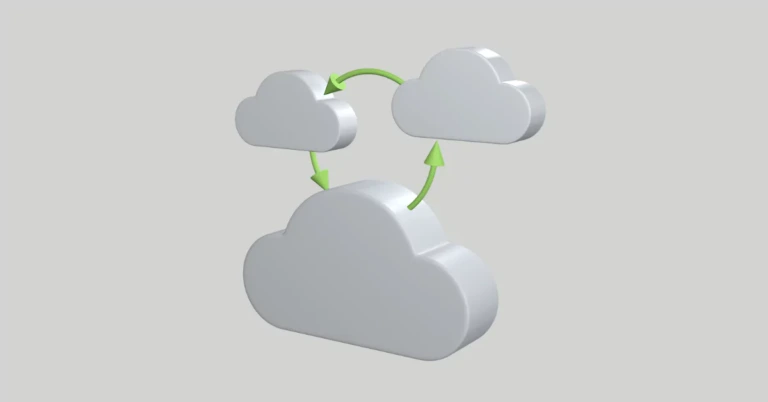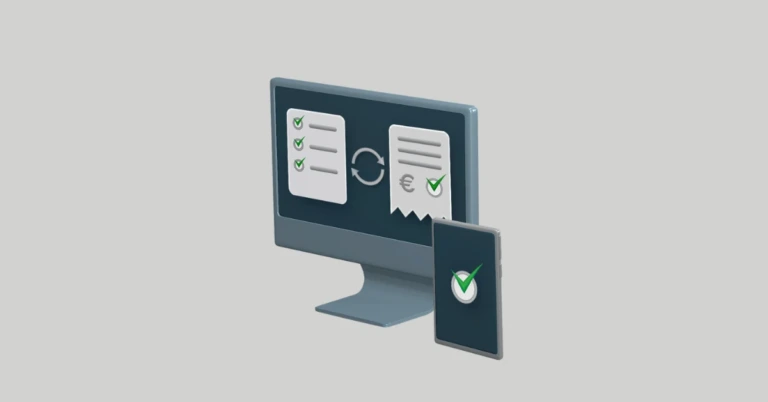
3 Reasons Why You Should Care About Quality Catalog Content in E-procurement
An effective e-procurement process relies on many things, but one which cannot be ignored is the quality of your catalog content. Lack of product information, poor quality digital content, incorrect or erroneous data, etc… All contribute to potential off-contract spend and/or unnecessary product returns, extra costs and general dissatisfaction with the process.
Today I’ll be a cynic and assume no one does anything unless incentivized. I mentioned three reasons why you should care about quality catalog content – well, let’s just go straight to three KPIs your organization tracks across three stakeholder groups.
Why does quality catalog content matter for Procurement?
One of the most important KPIs for the Procurement Department is on-contract spend. Quality catalog content is not great just because the pictures look good. Procurement systems rely on high quality data which can be checked and improved during the import and validation stage. When suppliers use a system such as OpusCapita SSM to provide their catalog to the buyers, Category Managers can spend less time worrying about the data and more time engaging with the suppliers and taking advantage of supply expertise in the category. Additionally, the latest items and pricing are more readily available to your business users, which means they will be more likely to find what they need without needing to go off-contract.
For business users?
When talking about business users, what do they need and which KPI do they potentially impact? Business users rely on quality data at different points of the process and typically, we just take some of them for granted. Think of the search functionality – every purchasing process starts with a simple search and if the product is not easily findable via search, then we have already failed the first hurdle. But unfortunately, there are no KPI related to search results, so let’s keep looking. How about Requisition to Order cycle time? How fast can you as a business user go from needing something to it being ordered? Great quality data allows your Procurement Department to automate certain purchasing channels.
And for Finance?
If you continue little further downstream, you will find that one of the results of purchasing goods or services impacts Finance. Finance is a highly organized group and they love nothing more than automation. One of their favorite KPIs is: Matching percentage or Straight-through-processing (STP) rate. In whichever way it is described, the requirement is basically for the invoice processing system to be able to match the incoming invoice against the originating purchase order (in most cases with goods receipt validation).
So how does quality catalog content help here? First, quality catalog content encourages buying from the catalog rather than via free text orders (which have a much lower matching rate due to their ad-hoc nature). Second, a supplier with poor data management is likely to create situations where orders and invoices have different units of measurement, potentially different product descriptions, etc – you get the picture. Downstream in Finance, nothing is going to match and the cost to process that particular invoice is going to push all kinds of KPIs into the red.
At the end of the day, it’s all connected
Quality catalog data, the ability for the buyer to import it and use it, e-ordering, e-invoicing, the efficiency of Finance – it’s all connected to the broader digital strategy for the organization. Source-to-Pay and E-procurement benefit heavily from quality catalog data, but my suggestion would be to think holistically rather than tactically.







